Mortal Kombat 11 on PlayStation 4
There are few series as long-lived and as checkered as Mortal Kombat. After a string of well-received and successful games though between this and last generation, Mortal Kombat has solidified its position as a genre leader, and expectations are rightfully very high for Mortal Kombat 11.
For fans that have stuck with the series though over the years, what is just as important as being able to rip out spines in 4K 60 FPS, is the game’s lore and plot. Mortal Kombat 11 drives the overarching story in a radical direction: the past.
The story of Mortal Kombat picks up not too long after the events of the last game. Raiden isn’t a full-blown villain post being corrupted by Shinnok’s amulet, like the what the ending of X might have suggested to some, but he’s homicidally pro-Earthrealm.
Rather than being its ultimate defender, Raiden now wants to drag the rest of Earthrealm’s remaining heroes (mostly Special Ops at this point) into a risky offensive war on the Netherrealm. To be fair to Raiden, Netherrealm is still being run by his former allies now Revenants: Liu Kang, Kung Lao, and Jade, all of whom definitely still want revenge.
It is all seems to be setting up for a typical Mortal Kombat affair but shortly after the story gets rolling a new antagonist, Kronika, appears with the stated goal reversing history to set it the way she prefers; or to be more specific, reset it without Raiden who is too powerful for his own good.
Mortal Kombat II versions of all the series’ most popular heroes and villains both alive and dead come back, and come face to face with their future selves (if applicable for those like Shao Khan) except Raiden who has his future self totally removed and replaced with a new Raiden that hasn’t yet been corrupted.
Kronika, who needs time to put her evil plans into place, gives everyone the green light to try and sow a better future for themselves. Those like Shao Khan and Liu Kang who have had a pretty shitty time in recent years take this opportunity to do better with their second chance, and as you can imagine, chaos ensues from there.
The story of Mortal Kombat 11 does an excellent job of consolidating and explaining a lot of the convoluted lore from the more recent games, and literally merging all that together with the classic Genesis/Arcade games that even the most casual of MK fans have probably played.
It finds a perfect balance between infusing just the right amount of nostalgia, and keeping with the story and characters NetherRealm Studios has crafted over the last few games.
Unlike Mortal Kombat X, which kind of beat you over the head with new characters and spent most of its time trying really hard to make you care about them, Mortal Kombat 11 wastes no time diving right into the meat of its plot.
You’re expected to know what’s going on, and if you do, you’re rewarded with a story that is very action-packed with little filler. On the bright side if you’re clueless, you at least have classic characters, literally the ones from Mortal Kombat II, back in the spotlight to help give you something to hang onto while you go along for the ride.
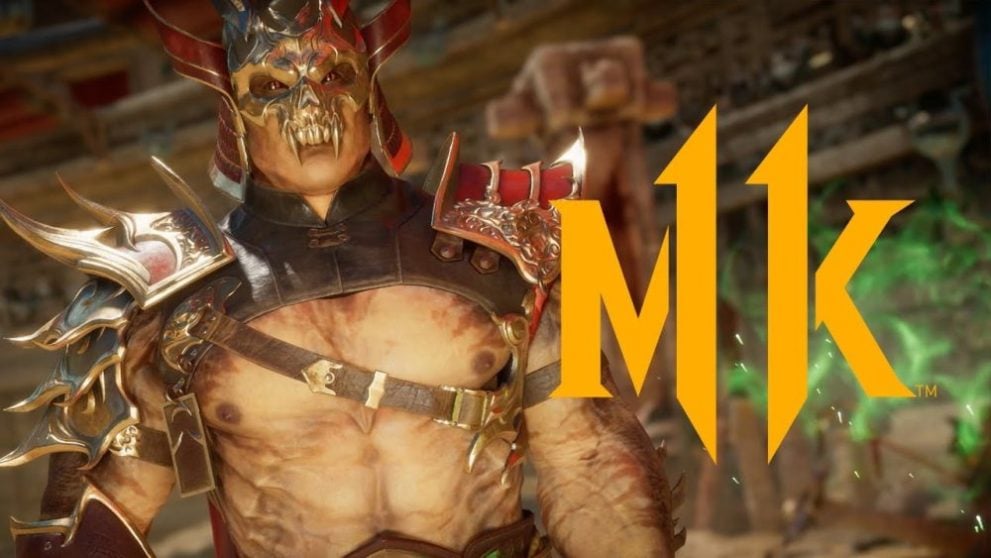
The core gameplay should be very familiar to anyone that has played a Mortal Kombat game in the last 10 years or so. You’re still fighting on a 2D plane, chaining together special moves and regular attacks to create Kombos and defeat your opponent.
This has been the formula since Mortal Kombat (2011); NetherRealm got it really right then, and for good reason, they have just focused on refining and improving on that since. There are a few notable changes that fans should be aware of though.
First is the change to the Super Meter. Now it’s split between offensive and defensive maneuvers and the X-Ray attacks has been completely replaced with a new Fatal Blow. The new bars are more strategic and technical to use than the Super Meter from the past two games. The result is combat that is more skill-focused than previous games.
For example, you can still amplify special attacks using the offensive bar, but they are a bit toned down and you’re limited to two before needing to wait for it to recharge.
The defensive bar works similarly but instead of just simply shutting down a combination with little effort, you have new, more subtle, defensive moves that skilled players can use still achieve the same result of avoiding a deadly combo, without making it so simple.
X-Rays are effectively still in the game but now they are called Fatal Blows, are separated from the offensive/defensive bars, and can only be used once per match while in critical health, as opposed to previous games where you could use it anytime you had a fully charged super meter.
I love this change the most. The X-Ray attacks are brutal and awesome looking, but they were incredibly overpowered and were frustrating to get hit with multiple times.
Now, you need to be far more strategic and careful about when you use it. You have to run scenarios in your mind like: Is it really worth it to use it in round 1 while you’re getting slaughtered anyway? Will it be enough to bring you from the brink and salvage a round that looks lost? Or maybe you should save it for a situation where it’s neck and neck and you need it to put your opponent away.
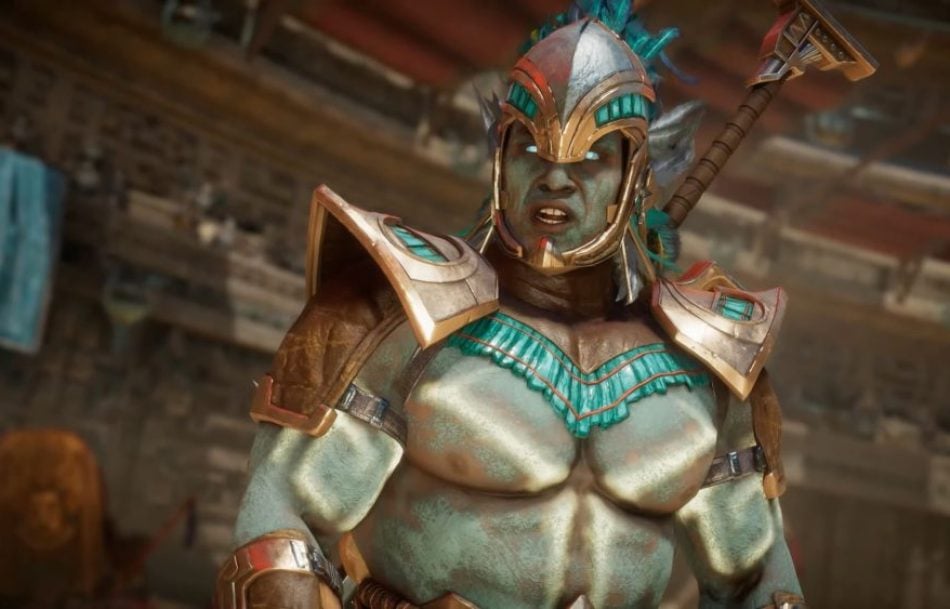
Aside from story, there are of course a wealth of additional single-player and multiplayer modes included. For solo players, you can unlock character endings via the arcade Klassic Towers mode, and there’s also Towers of Time which are a rotating set of challenges designed to keep players engaged even if they have no interest in hopping online.
For online players, the Kombat League is now front and center which will begin in 29 days as of this review, and traditional ranked/casual play is still available. The quality of the matches that we played during review were excellent with no notable issues worth mentioning. Mortal Kombat 11 played and looked just as great online as it did offline.
However, this is subject to change at launch when the servers get really tested. In my experience, though, while nothing is ever perfect, the MK servers are generally quite reliable as far as fighting game servers go.
The new Augment and Kustomization system is featured to varying degrees both online and offline as well. You can now create and use your own character variations, complete with modifiers that enhance certain aspects of battle for just about any mode except online ranked play and the story.
There’s a lot of ways between skins and armor swaps to make your favorite fighter look exactly the way that you want. Special attacks are tied to the variations themselves, and gear is only cosmetic. So you don’t have to worry about wearing specific gear you don’t like to have access to certain moves. Instead, you gain XP to level up gear which will provide you with more augment slots.
The way that the solo player is supported in Mortal Kombat XI is admirable, and the way that NetherRealm found a balance between allowing players to get creative, without busting the balance of the game in places where it matters like Ranked, is smart.
What makes me nervous is the amount of currencies and things like XP boosts for gear that are dangled in front of the player.
The microtransaction store wasn’t open prior to release, but we have an idea what it will be like. It’s just for cosmetics, and everything is unlockable in-game, but does kind of throw a wet blanket over the customization features, like it was designed partly or purely as a way to figure out how to sell impatient people boosts.
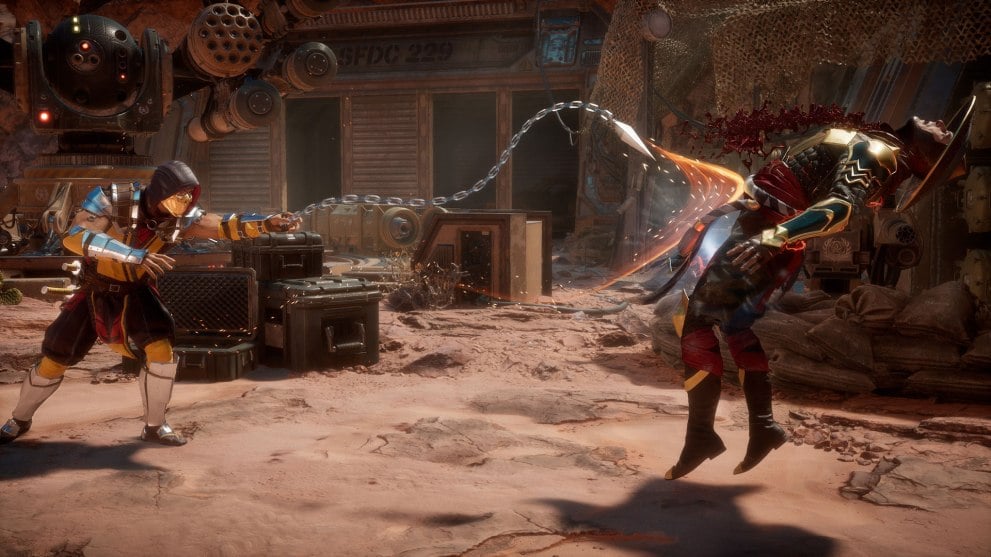
Speaking of selling people things, there’s also the issue of the character selection in Mortal Kombat 11. We’re now up to the third game since the series took on well-received current form back with Mortal Kombat (2011). While it has absolutely been refined and improved on with each game, it hasn’t radically changed gameplay-wise because it hasn’t needed to.
I don’t fully understand why then we’re still limited to only 24 characters (25 if you want to count the pre-order bonus/DLC Shao Khan). Between the Cage Family, the Briggs family, returning new characters from MKX crucial to the plot of 11, and the new characters introduced in the story, there’s really not a lot of space for a ton of other characters, and as a result, there are a lot of fan-favorites missing.
To name a few: Ermac, Reptile, Rain, Sindel, Mileena (and more, we won’t go through all of them) are not in the game and if they are going to appear at all, it’s going to be in paid DLC packs which is disappointing.
Unless you go SSB: Ultimate style and include everyone, there’s always going to be someone left out, which will disappoint fans of that fighter. I get that.
However, this year feels a bit more extreme. DLC should be used to spotlight minor fighters or new ideas, not to deliver mainstay characters that should probably have been in the game from the start as a way to keep fans on the hook longer.
I fully admit though that beauty is in the eye of the beholder and my disappointment in the cast of playable characters could be someone else’s dream roster.
Small frustrations aside, Mortal Kombat 11 is an extremely fleshed out fighting game that has a solid backbone both for single-player and online play. It leads the genre now in story telling in fighting games, cleverly finding a way to unite 17 years of plot.
Whether you just plan on stopping by for the story and messing around with friends locally every once in a while, or plan on going hardcore into online play, you’ll have plenty to do, and you’ll have plenty of fun doing it until whenever the next Mortal Kombat game comes out some time in the next generation.

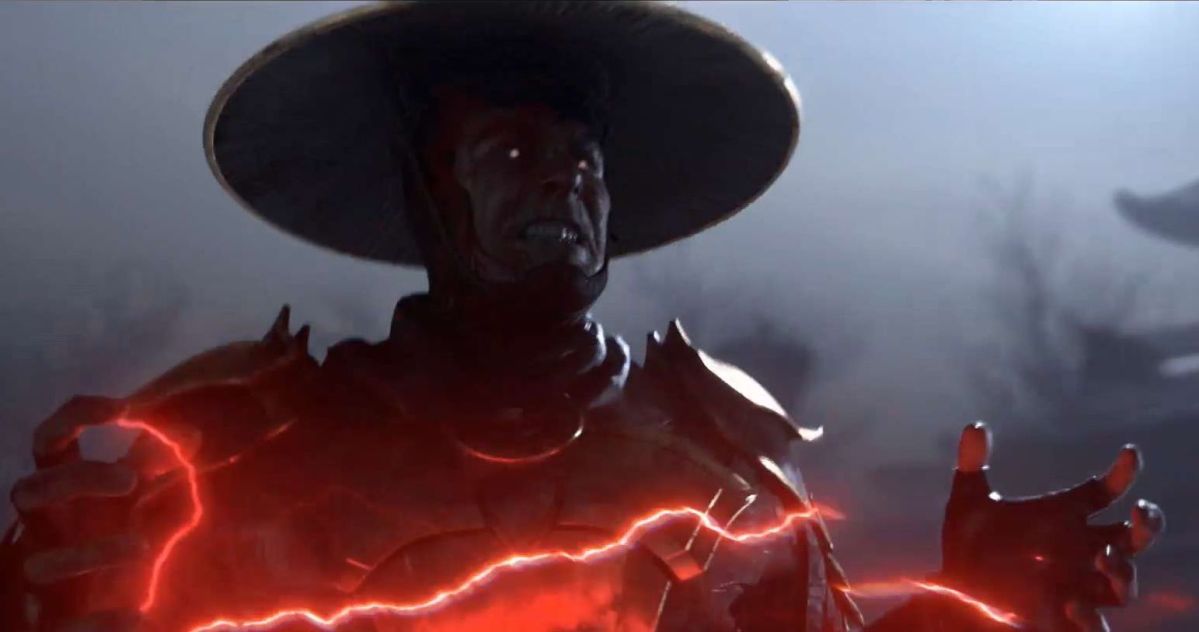

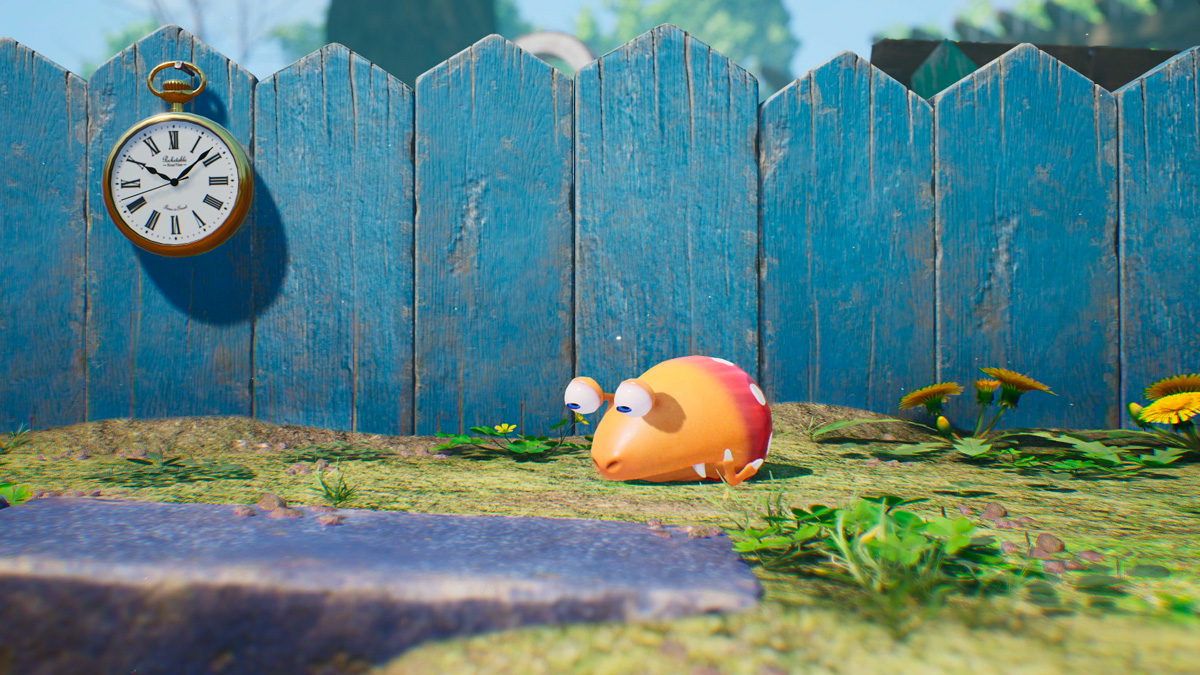

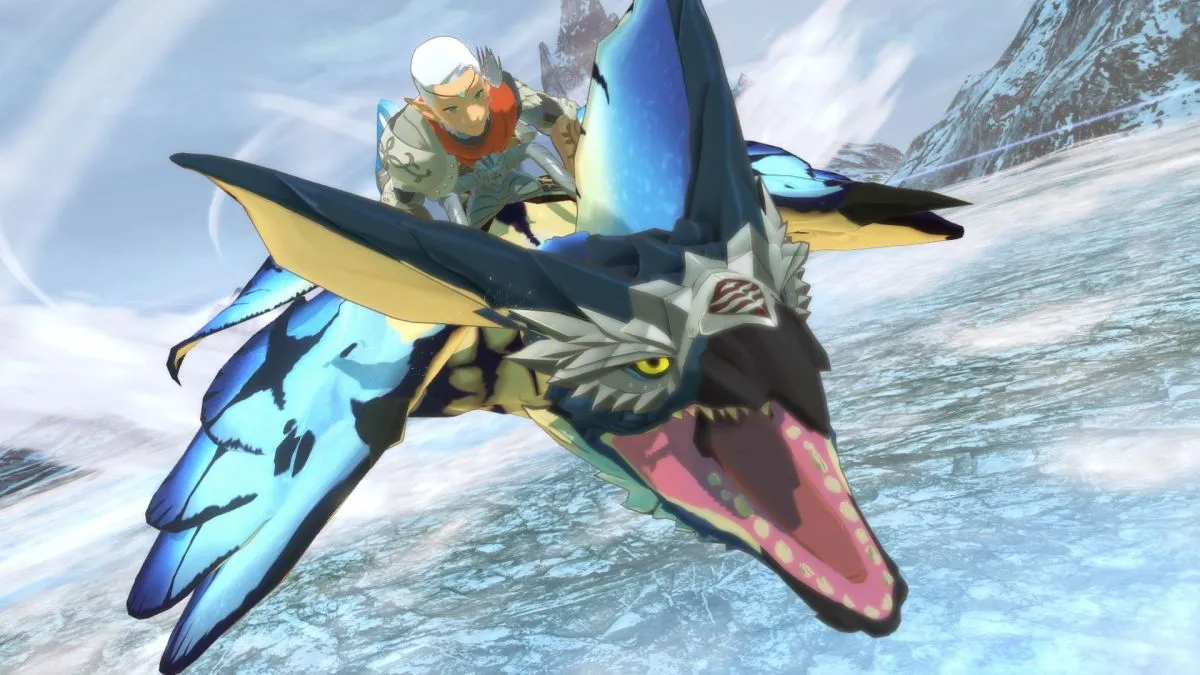
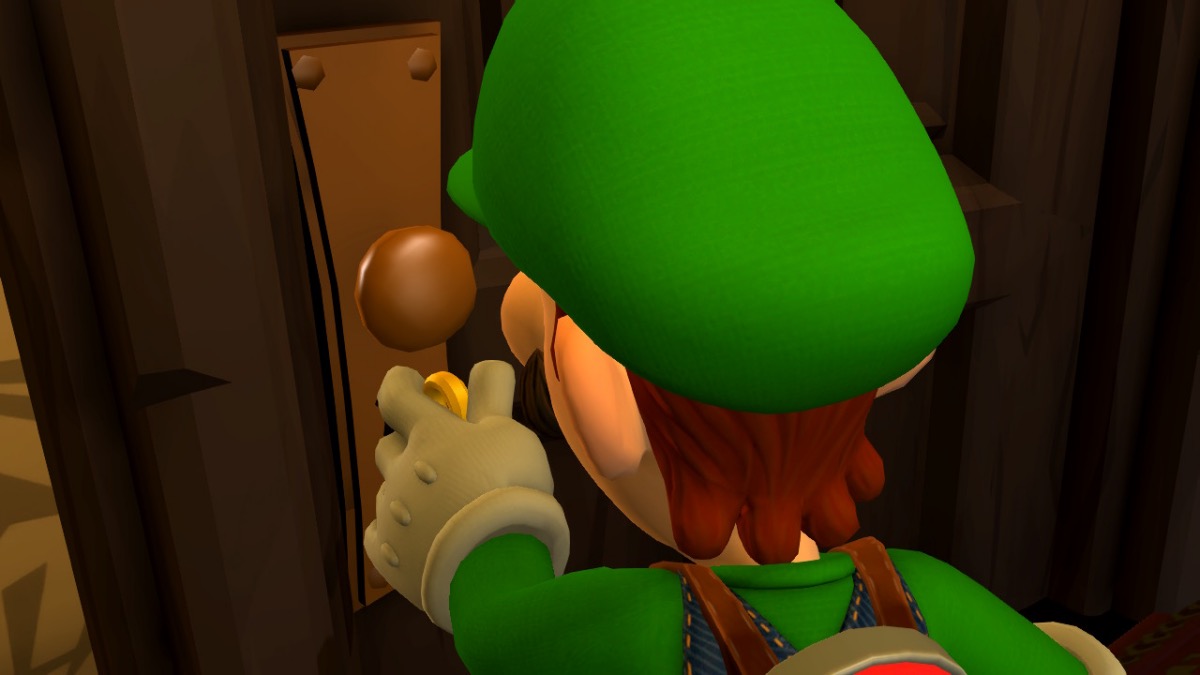

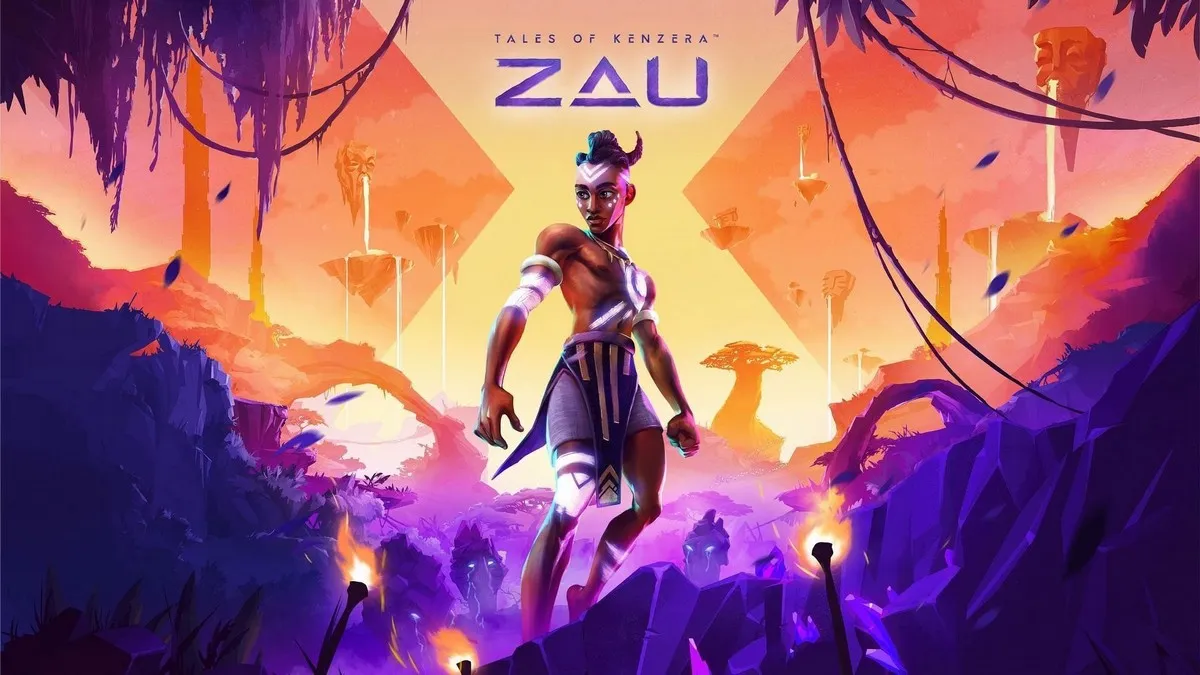
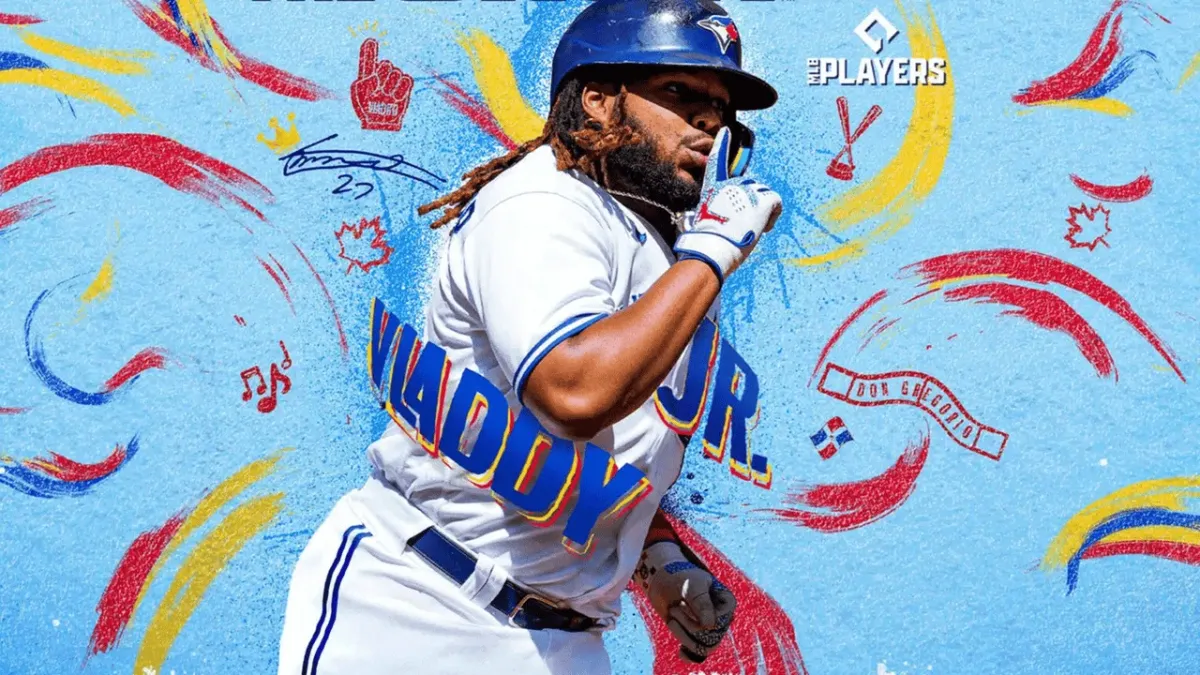


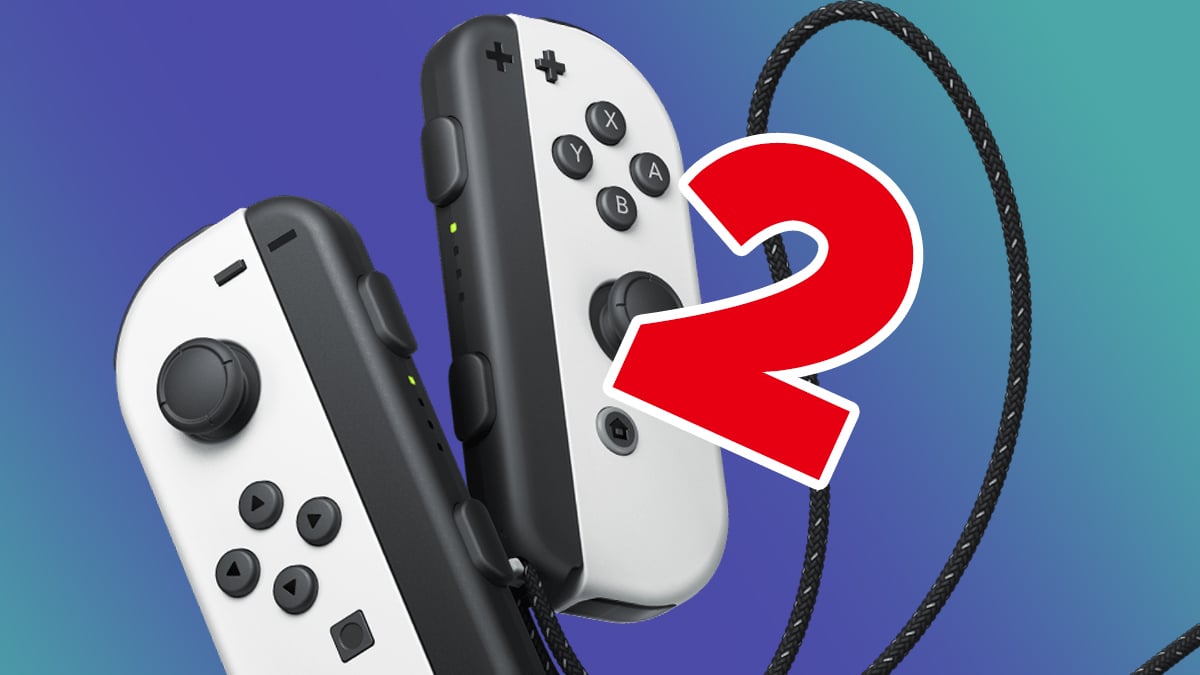
Updated: Apr 22, 2019 08:21 am